To get started, let’s review what is an open recall. A motor vehicle recall occurs when a manufacturer (or the NHTSA) determines that a car has a safety-related defect. Also, a recall can be initiated if a vehicle does not comply with a federal safety standard. A defect may exist in a group of vehicles of the same design or manufacture and pose an unreasonable risk to driver safety.
You may be wondering, what does open recall mean on a car? Simply put, an open recall means that a recall has been issued for a vehicle, but the necessary repair or correction has not yet been completed. Understanding the open recall meaning is crucial because it highlights unresolved safety issues that could endanger you and others on the road.
The law gives the manufacturer three options for correcting a recall: repair, replacement, or refund. In the case of equipment such as tires, car seats, and boosters—the manufacturer must repair or replace the affected parts at no charge as well. When you find out there is an open recall associated with your vehicle, the first thing to do is contact the manufacturer or local official dealer to set up a remedy. A recall lookup can quickly show if your vehicle is affected.
However, you should know that there are some limitations on getting a vehicle repaired at no charge. The limitation is based on the age of the vehicle. The vehicle shouldn’t be more than 15 years old on the date the defect is determined. The vehicle’s age is calculated from the first date of sale. Despite that, owners of older cars must realize that even though manufacturers are not obligated to repair a defect, a safety problem might still exist. So, if you get a recall notification on a vehicle older than 15 years, take responsibility to have your car repaired at your own expense.
Understanding how do car recalls work can also help you make informed decisions. Apart from age limitations, sometimes a manufacturer may challenge the NHTSA’s decision to initiate a recall. In this case, there is no obligation for the manufacturer to conduct repair services while the case is in court. If you decide to have your vehicle fixed at your own expense when the recall is pending, you can apply for reimbursement after a recall is finally initiated. Basically, all manufacturers are required to provide reimbursement if a defect is based on either the date NHTSA opens its Engineering Analysis, or one year prior to the manufacturer’s notification of a defect to NHTSA. The closing date is 10 days after the manufacturer sends the last notices informing owners of a safety defect recall and cost-free remedy. For equipment replacement, the closing date is either the same as for motor vehicles or 30 days after the manufacturer’s closing of its efforts to provide public notice of the existence of a defect, whichever is later.
If your car is absolutely eligible for a free remedy and a dealer still refuses to provide repairs, you should immediately notify the manufacturer. In most cases, according to the agreement between a manufacturer and its dealers, all dealers have to provide a recall remedy at no extra charge – regardless of where the vehicle or equipment was originally purchased. Therefore, consumers can apply for a free remedy within a reasonable time at the nearest official service center by using vehicle recall check by VIN or a car recall lookup service.
It’s important to know that there is usually a time lag between the date a recall was warranted and the date the remedy becomes available to consumers. This happens because the manufacturer needs to identify owners, develop remedial procedures, instruct dealers, distribute necessary parts or equipment, and notify all customers. As a rule, if a manufacturer needs extra time to develop a remedy process, the NHTSA requires them to send an interim notice to ensure that a consumer is aware of the recall. Dealerships are not required to provide a remedy at this time. So, if the dealership refuses to take care of your recall, it may also mean that they haven’t received related parts or instructions yet, and you should postpone your repair.
Recall information is a safety risk, so ClearVin provides a free recall check service for dealers and automotive businesses. ClearVin also offers reliable vehicle recall lookup and vehicle recall check options to help consumers stay informed. You can easily perform a recalls by VIN or a VIN recall check to verify the status of a vehicle’s recall history.
If you’re asking yourself, should I buy a car with an open recall, the answer depends on the nature of the recall and whether the necessary repairs can be done quickly. Always perform a recall VIN check or car recall check before completing a purchase. Knowing what is a open recall on a car can prevent you from facing unexpected repair costs or safety risks. Use a car VIN number lookup tool to get a detailed report on a vehicle’s history, including its recall status.
In addition, ClearVin offers fast and easy access to the original Dodge Window Sticker by VIN, providing even more transparency when buying a vehicle.
Remember, vehicles with open recalls are a safety hazard to you, your passengers, and to others on the road alike, so do not ignore the necessity to get it completed!

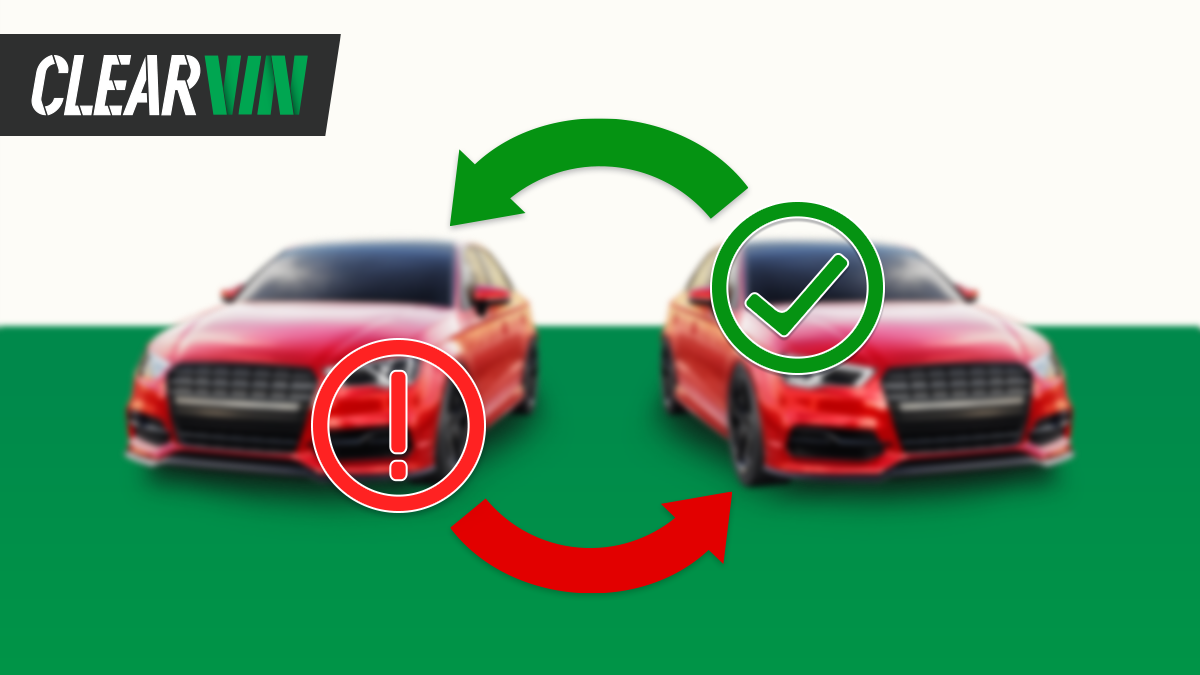

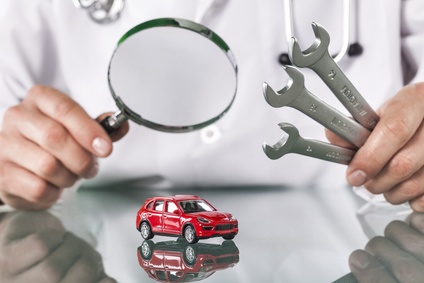
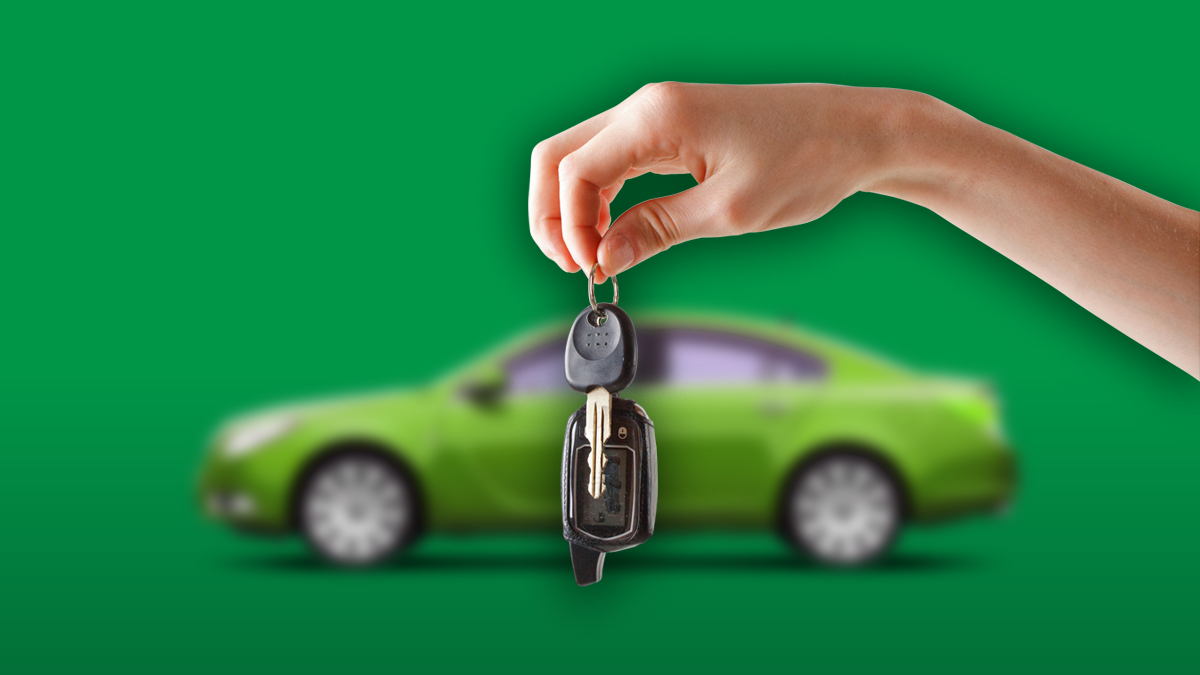
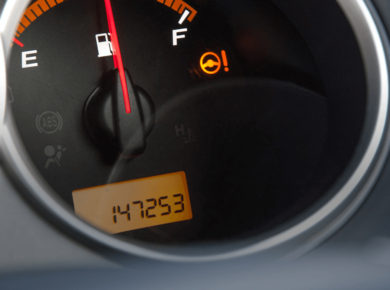
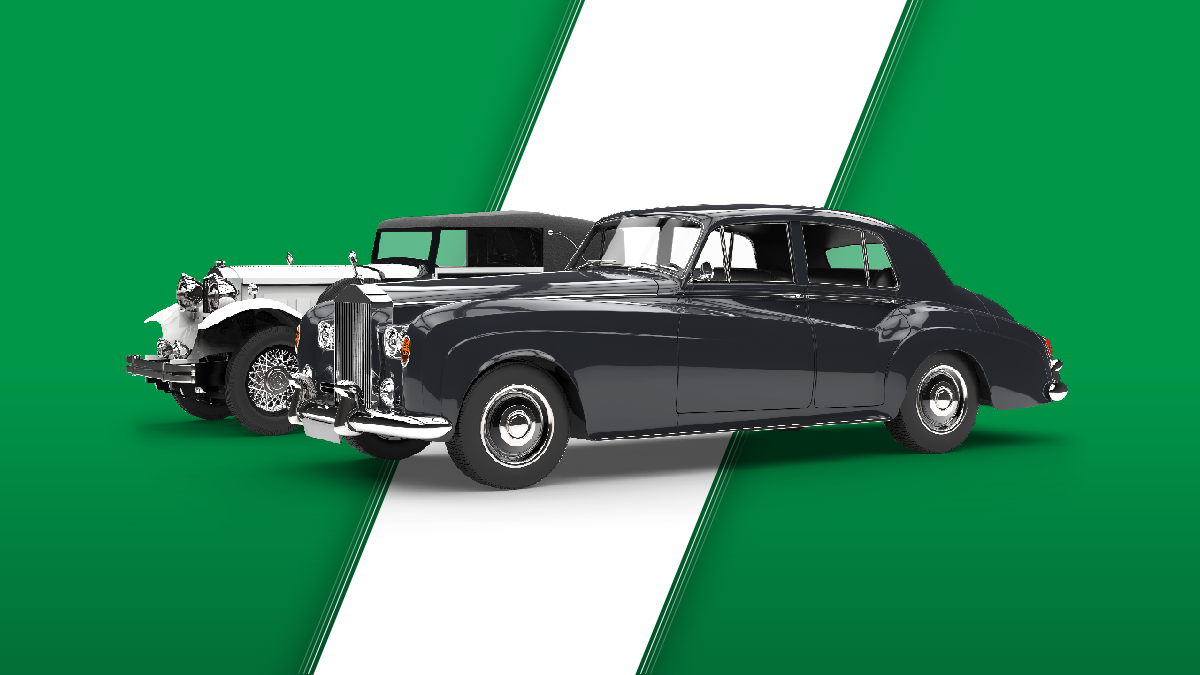




2 comments
Everything is very open with a precise description of the challenges.
It was definitely informative. Your site is extremely helpful.
Thank you for sharing!
Really informative blog